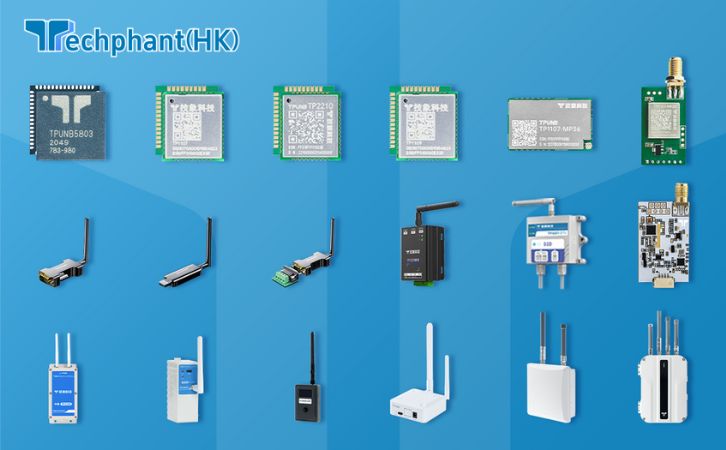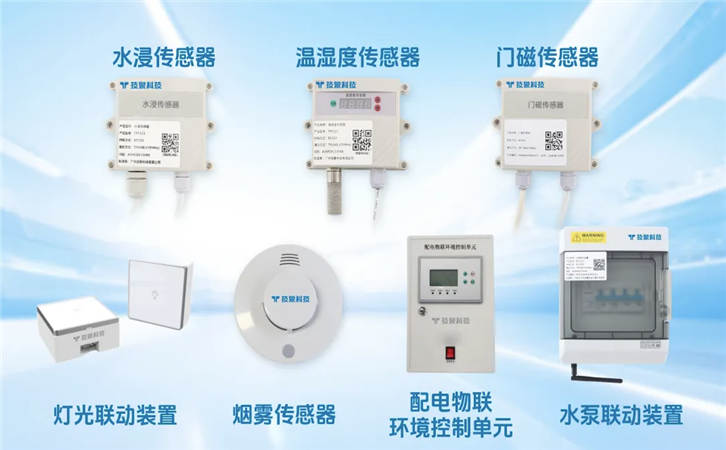The Internet of Things (IoT) relies on billions of connected devices, many of which operate in remote or inaccessible locations where battery replacement is impractical. Sub-GHz wireless technologies, operating in frequency bands below 1 GHz (e.g., 433 MHz, 868 MHz, 915 MHz), are widely used in IoT due to their long-range and low-power characteristics. However, even with their energy-efficient protocols like LoRaWAN and NB-IoT, battery life remains a limitation. Energy harvesting, which captures ambient energy from sources like solar, thermal, or radio frequency (RF), offers a sustainable solution to power Sub-GHz IoT devices, enabling maintenance-free operation. This article explores how energy harvesting enhances Sub-GHz IoT devices, detailing its mechanisms, applications, and challenges across four key areas.
I. Solar Energy Harvesting for Outdoor Deployments
Solar energy harvesting is one of the most effective methods for powering Sub-GHz IoT devices, particularly in outdoor applications like smart agriculture, environmental monitoring, and smart cities. Small photovoltaic (PV) panels convert sunlight into electrical energy, which is stored in capacitors or rechargeable batteries to power sensors and transceivers. Sub-GHz devices, with their low power consumption (e.g., microamps in sleep mode), are well-suited for solar harvesting, as even small PV cells can generate sufficient energy.
For example, in precision agriculture, Sub-GHz soil moisture sensors equipped with 1-2 cm² PV panels can operate indefinitely in sunny regions, transmitting data via LoRaWAN to gateways kilometers away. In smart cities, solar-powered Sub-GHz air quality sensors on streetlights monitor pollutants like PM2.5, leveraging daylight to sustain operation. Maximum Power Point Tracking (MPPT) algorithms optimize energy extraction by adjusting to varying light conditions, ensuring efficiency during cloudy weather or partial shading.
Challenges include inconsistent sunlight in urban canyons or shaded rural areas, which can disrupt power supply. Dust or debris on PV panels also reduces efficiency, requiring periodic cleaning or self-cleaning coatings. Additionally, the size and cost of PV cells must be balanced with device form factors, as larger panels increase costs. Despite these hurdles, solar energy harvesting is a reliable and sustainable solution for Sub-GHz IoT devices in outdoor settings, reducing reliance on batteries and enabling long-term deployments.
II. Thermal Energy Harvesting for Industrial Applications
Thermal energy harvesting captures heat differentials in industrial environments to power Sub-GHz IoT devices, making it ideal for IIoT applications like predictive maintenance and process monitoring. Thermoelectric generators (TEGs) convert temperature differences between a hot surface (e.g., machinery) and ambient air into electrical energy. Sub-GHz devices, with their low energy requirements, can operate on the small voltages (e.g., 10-100 mV) produced by TEGs, supplemented by energy storage in capacitors or thin-film batteries.
In a factory, Sub-GHz vibration sensors on motors use TEGs to harvest heat from equipment surfaces, transmitting data via Zigbee or LoRaWAN to detect anomalies. In oil and gas facilities, Sub-GHz sensors monitoring pipeline temperatures leverage thermal gradients to power pressure or leak detection systems. Power management circuits, such as boost converters, ensure efficient energy use by stepping up low TEG voltages to levels suitable for Sub-GHz transceivers.
Challenges include the need for consistent temperature gradients, as TEGs are ineffective in uniform-temperature environments. The size and cost of TEGs can also be prohibitive for small IoT devices, and thermal cycling may degrade materials over time. Advances in nanostructured TEGs and ultra-low-power chipsets are addressing these issues, but deployment requires careful site-specific design. Despite these limitations, thermal harvesting enhances the sustainability of Sub-GHz IIoT devices in heat-rich industrial settings.
III. Radio Frequency (RF) Energy Harvesting for Urban Environments
RF energy harvesting captures ambient electromagnetic waves, such as those from Wi-Fi, cellular, or Sub-GHz signals, to power IoT devices. This method is particularly promising in urban environments, where RF sources are abundant. Sub-GHz IoT devices, with their ultra-low power requirements, can leverage RF harvesting to supplement or replace batteries, using rectennas (rectifying antennas) to convert RF signals into DC power stored in capacitors.
For example, in smart cities, Sub-GHz sensors monitoring traffic flow can harvest RF energy from nearby 915 MHz LoRaWAN gateways or 868 MHz base stations, sustaining operation without external power sources. In warehouses, Sub-GHz asset trackers use RF harvesting to capture ambient signals from RFID readers, enabling battery-free inventory management. Advances in multi-band rectennas allow devices to harvest energy across Sub-GHz and 2.4 GHz bands, increasing efficiency in mixed-signal environments.
Challenges include the low power density of ambient RF signals (e.g., microwatts per cm²), which limits energy availability in low-signal areas. Efficient rectenna design and power management are critical to maximize harvesting, but add complexity and cost. Additionally, regulatory limits on RF transmission power restrict intentional energy broadcasting. Despite these constraints, RF harvesting offers a promising, battery-free solution for Sub-GHz IoT devices in signal-rich urban or industrial settings.
IV. Vibration and Kinetic Energy Harvesting for Dynamic Systems
Vibration and kinetic energy harvesting capture mechanical energy from motion or vibrations to power Sub-GHz IoT devices, making it suitable for applications with dynamic systems, such as transportation or industrial machinery. Piezoelectric or electromagnetic harvesters convert vibrations (e.g., from engines or conveyors) into electrical energy, stored in capacitors for intermittent Sub-GHz transmissions. The low power demands of protocols like NB-IoT or Sigfox align well with the small energy outputs of kinetic harvesters.
In logistics, Sub-GHz trackers on shipping containers harvest vibrations from vehicle motion to monitor location or temperature, transmitting data via NB-IoT to cloud platforms. In factories, piezoelectric harvesters on conveyor belts power Sub-GHz sensors that monitor belt tension, reducing downtime through predictive maintenance. Energy management circuits, such as ultra-low-power rectifiers, ensure efficient storage and use of harvested energy, enabling reliable operation.
Challenges include the variability of vibration sources, as low-frequency or inconsistent motion reduces energy output. Piezoelectric materials can degrade over time, and harvester size must be minimized for small IoT devices, increasing design complexity. Environmental factors, like dust or moisture, also affect harvester durability in industrial settings. Despite these issues, vibration harvesting provides a sustainable power source for Sub-GHz devices in dynamic environments, enhancing IIoT and logistics applications.
Conclusion
Energy harvesting is revolutionizing Sub-GHz IoT devices by providing sustainable, maintenance-free power solutions that extend device lifespans and reduce environmental impact. Solar harvesting powers outdoor deployments in agriculture and smart cities, while thermal harvesting supports industrial applications with abundant heat sources. RF harvesting enables battery-free operation in urban environments, and vibration harvesting drives dynamic systems in logistics and manufacturing. Despite challenges like inconsistent energy sources, design complexity, and cost considerations, advancements in materials, power management, and ultra-low-power chipsets are making energy harvesting increasingly viable. As IoT adoption grows, Sub-GHz devices powered by energy harvesting will play a critical role in building scalable, sustainable, and efficient connected ecosystems, driving innovation across industries.


